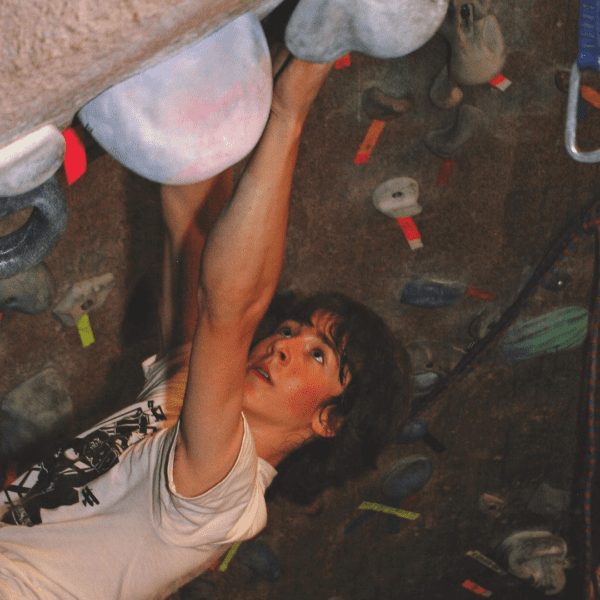Thinking of going professional in the sport of indoor climbing? Here’s the guide that will help you build all the necessary skills and build up strength for structuring your training in a way you can improve rapidly. For beginners, stay consistent with your practice sessions, as well as structure your regime. If you are on intermittent training for indoor climbing, you might want to consider one-on-one training as well as you can emphasize additional strength and coordination training to improve your condition. Here are a few tips to remember for anyone trying to improve fast.
Areas to Work On To Build Endurance & Strength for Indoor Climbing
Finger & Wrist Strength & Footwork: Using your right fingers like your thumb and also strengthening your wrist, finger, and foot is the best way to ensure you will be able to navigate through any route on the wall. To increase grip strength you can practice small edge finger strength drills. Footwork on different volumes, and learning techniques like heel hook ensure you have cleaner footwork and better grip. You can also incorporate pulling exercises and eccentric movements for strengthening off-the-wall.
Practice traversing: If you want to build up endurance and want to continue longer sessions practise traversing. Traversing, or moving sideways along a wall, is an excellent way to build endurance and balance. It forces you to use your feet precisely and engage your core muscles.
Climb with partners: Climbing with partners of varying abilities can help you learn new techniques and push your limits. Observe how they approach routes and ask for feedback on your climbing.
Try new routes regularly: Climb different routes and boulder problems to expose yourself to various hold types, movement patterns, and angles. This variety will help you become a more well-rounded climber and prevent overuse injuries.
Work on weaknesses: Identify your weaknesses, such as poor footwork, lack of flexibility, or weak grip strength, and create specific training plans to address them. Seek guidance from experienced climbers or coaches to help you develop targeted exercises and drills.
Change Your Accessories, & Shoes to the Right One
Shoes play a huge role in your ability to climb as well as it does in running. There are mainly three different types of climbing shoes: with straps, with laces, and without any of the two. FIn shoes that fit your style of climbing you will notice a difference. And, also if you don’t have specially dry hands, always carry the bag of chalk with you and chalk necessarily. And, if you are a beginner, learn belaying, and using the harness properly to climb better.
You will see improvement in your session with the right type of training. Indoor climbing gyms offer different courses to suit your level. While practicing, make sure to sign up to your right level and enjoy learning vertically.


Leave A Comment
You must be logged in to post a comment.